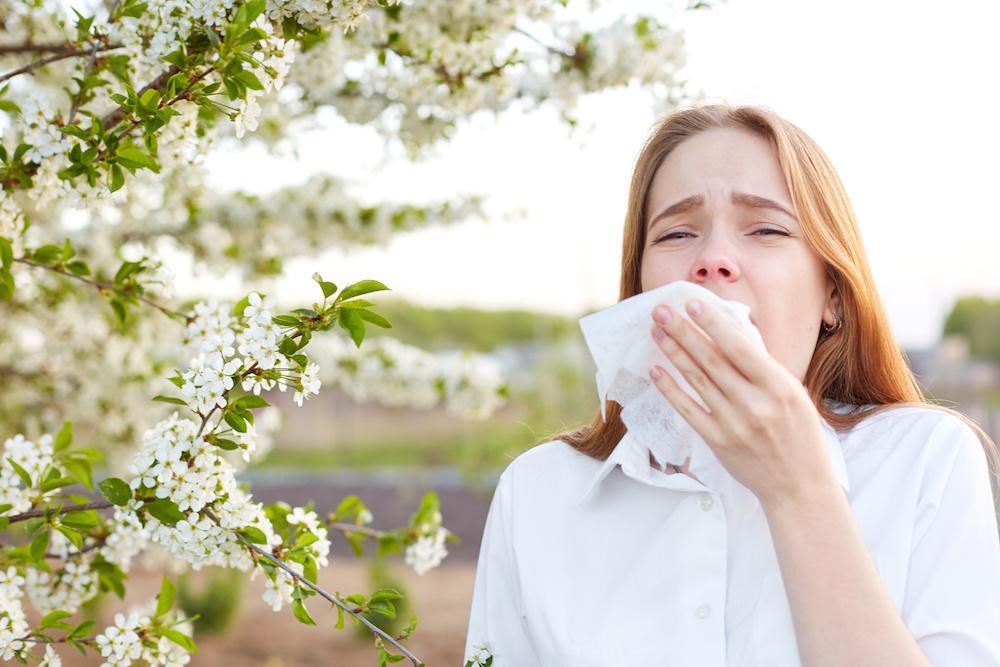
1. Introduction
Allergies: These are a common but often mysterious health concern that affects millions of people worldwide From seasonal sneezing to life-threatening reactions, allergies come in many forms and degrees of severity. The key to understanding and managing allergies lies in allergy testing, an essential diagnostic tool. In this article, we will delve into the world of allergies and explore the significance of allergy testing.
2. The mystery of allergies
Before getting into the importance of allergy testing, let’s unravel the mystery of allergies themselves. Allergies occur when the immune system overreacts to harmful substances called allergens. Common allergens include pollen, dust mites, pet dander, certain foods, insect venoms, and various medications. When exposed to these allergens, the immune system goes into overdrive, releasing chemicals like histamine, which trigger a cascade of symptoms.
3. Why allergy testing matters
Understanding the value of allergy testing is crucial for people struggling with allergies. Here’s why it’s important: 3.1. Correct identification
Allergy testing provides specific insight into the specific allergen responsible for a person’s symptoms. This precision is essential for developing effective treatment strategies. Without it, identifying the root cause of an allergic reaction can be like looking for a needle in a haystack.
3.2. Tailored treatment plans
Once allergies are identified through testing, healthcare professionals can design a personalized treatment plan. These strategies might include avoiding triggers, using prescription drugs, or using allergen immunotherapy (like allergy injections).
Personalization is essential because allergies and their triggers vary greatly between individuals.
3.3. Better quality of life
Allergies can significantly impair a person’s daily life, causing discomfort, missed days of work or school, and reduced productivity. By recognizing their allergy triggers and putting preventative measures in place, individuals with allergies can recover control.
4. Method of allergy testing
Various methods are available for allergy testing, and the choice depends on factors such as the suspected allergen and the patient’s medical history. Here are some common approaches:
4.1 Skin Prick Testing (SPT)
Skin prick testing involves applying a minute amount of allergen extract to the skin and then pricking or scratching the surface of the skin. If the person is allergic to the substance, a small, raised bump or redness appears within 15-20 minutes.
4.2 Blood test
Specific antibodies (IgE) produced in response to allergens are measured by blood tests such as the immunological cap test or RAST. These tests are especially useful when skin testing is impractical or to identify allergens such as food, drugs, and insect venom.
4.3 Patch Testing
Patch testing is mainly used to identify known dermatitis allergens found in cosmetics, fragrances, and metals. Small patches containing the allergen are applied to the skin, usually on the back, and left on for 48 hours before the evaluation.
4.4 Elimination Diet
Healthcare professionals occasionally advise elimination diets to find dietary sensitivities. This method involves removing potentially allergenic foods from the diet and slowly reintroducing them while monitoring allergic reactions.
5. Tips and Management Strategies for Allergies
Effectively managing allergies involves a combination of prevention, symptom relief, and lifestyle adjustments. Whether you’re dealing with seasonal allergies, food allergies, or any other type, these tips and tricks can help you control your allergies and improve your quality of life.
5.1 Allergy prevention
1. Identify your allergens
The first step in allergy management is to determine your specific allergens through allergy testing. Your avoidance strategies will be guided by this information.
2. Avoiding allergens
Once you know your allergens, take proactive steps to avoid them. For example, if you are allergic to pollen, check the daily pollen count and stay indoors if levels are high.
3. Reduce indoor allergens
To reduce indoor allergens such as dust mites, mold, and pet dander: Use allergen-proof mattresses and pillow covers. Wash bedding regularly in hot water. Maintain a clean and dry home environment. Vacuum regularly with a HEPA filter. Consider air purifiers with HEPA filters. Keep pets out of bedrooms or consider allergen-free breeds.
5.2 Symptom Relief
1. Over-the-counter medications
Consult with a healthcare provider or pharmacist to select the appropriate over-the-counter medication for your specific symptoms. These could include nasal corticosteroids, decongestants, and antihistamines.
6. Lifestyle adjustments
6.1. Monitor pollen counts
Be aware of the pollen count in your area. You may use a variety of applications and websites to organize your outside activities by getting daily pollen predictions.
6.2. Weatherproof your home
Take action to prevent indoor allergens from entering your house if you suffer from seasonal allergies. Use high-efficiency air filters and keep windows and doors closed during peak allergy season.
6.3. Dietary management
If you have a food allergy, read food labels carefully, ask about ingredients when eating food, and consider carrying an epinephrine auto-injector if your allergy is severe.
6.4. emergency plan If you have a severe allergy (anaphylaxis), develop an emergency action plan with your healthcare provider. This plan includes instructions for using epinephrine and when to seek immediate medical attention
7. Living allergy-friendly
7.1. Allergy-friendly products
Investigate home products that are allergy-friendly, such as hypoallergenic cleaning solutions, detergents, and personal care products.
8. Consult an allergist
8.1. Get expert advice
Consult an allergist if allergies significantly affect your life or if you are unsure about your allergies. These specialists can provide comprehensive evaluations, allergy testing, and personalized treatment plans. Allergies can be challenging, but with the right strategies you can manage them effectively. Start by identifying your allergens, taking preventative measures, and seeking appropriate medical advice if necessary. By combining these tips and management techniques, you can live a more comfortable and symptom-free life in the face of allergies. Remember that allergy management is an ongoing process, so stay informed and adapt your approach as needed to stay one step ahead of allergens.